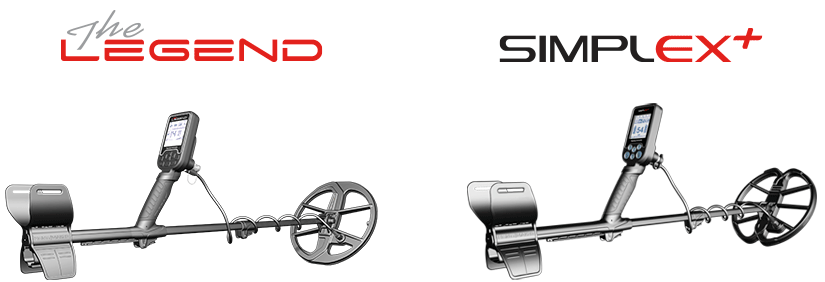Yesterday I had an incredible day (1892 Barber quarter, 1899 Indian Penny and a Sterling Silver medallion) in a park that gets hit often. But I also dug around 15 rusty nails. I was using DI3 mostly with a 90-99 gain running in frequency 5. All of the rusty nails registered in the 90's but they were bouncy numbers and I suspected a ferrous target. Today I tried something different. Whenever I suspected it was a rusty nail I then switched to VLX1 and if it confirmed a 80+ it was not a rusty nail but some other non ferrous target.
Has anyone else tried this approach? Is there anything wrong with this approach? What is your technique to determine ferrous versus non ferrous?
Let's all learn from our experiences!
Has anyone else tried this approach? Is there anything wrong with this approach? What is your technique to determine ferrous versus non ferrous?
Let's all learn from our experiences!



